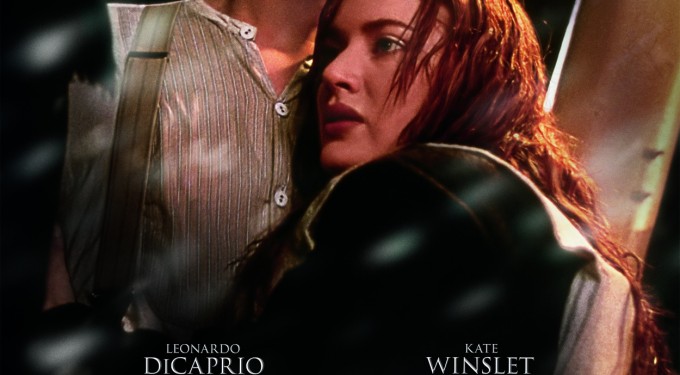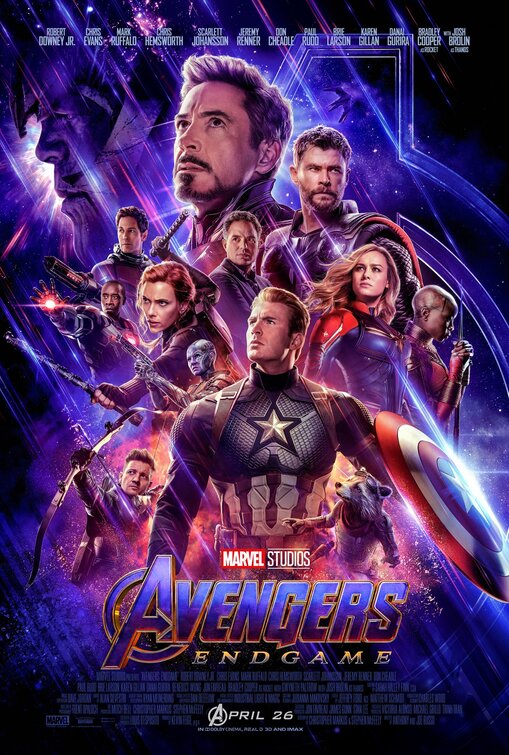Titanic 3D
04.6.2012 | By Jack Rico |

Coinciding with the centenary of the sinking of the transatlantic ship Titanic, director James Cameron returns us to the most famous ship in history, but now in 3D. His aim is to revive the magic of the film to audiences who saw it in its original theatrical release back in 1997, but also present it to a new generation of potential fans.
I will not bore you with the plot, since you should already know it, so let’s talk about the 3D implementation. Does it make this film better? Yes it does. Cameron has created perhaps the best 3D conversion in film history at a cost of $18 million dollars and over a year’s time of meticulous work. But besides this particular movie, there is usually a difference between a film shot in 3D and one converted to 3D – it’s cheaper and less effective. The three-dimensional effects are weakened when the film is not shot in stereography cameras and the viewer’s eye might notice the defect. It can take away from the experience you are paying for.
In the opening scenes, the quality you can notice the spectacular conversion, as if it were shot in 3D back in 1997. The three hours of Titanic will still make you sigh, tie you up in knots, crying again all the way until the end of the credits.
‘Titanic‘ is a classic, and arguably one of the best films in cinematic history. Defending this point are its accomplishments: winner of 11 Oscars, including Best Picture and director, most expensive production ever in 1997, highest grossing film in history to the world for twelve consecutive years until ‘Avatar’, from Cameron beat it. The love story is just as strong, reminding us why it occupies a prominent place on our shelves and in our memories… and in 3D it’s much better.

































